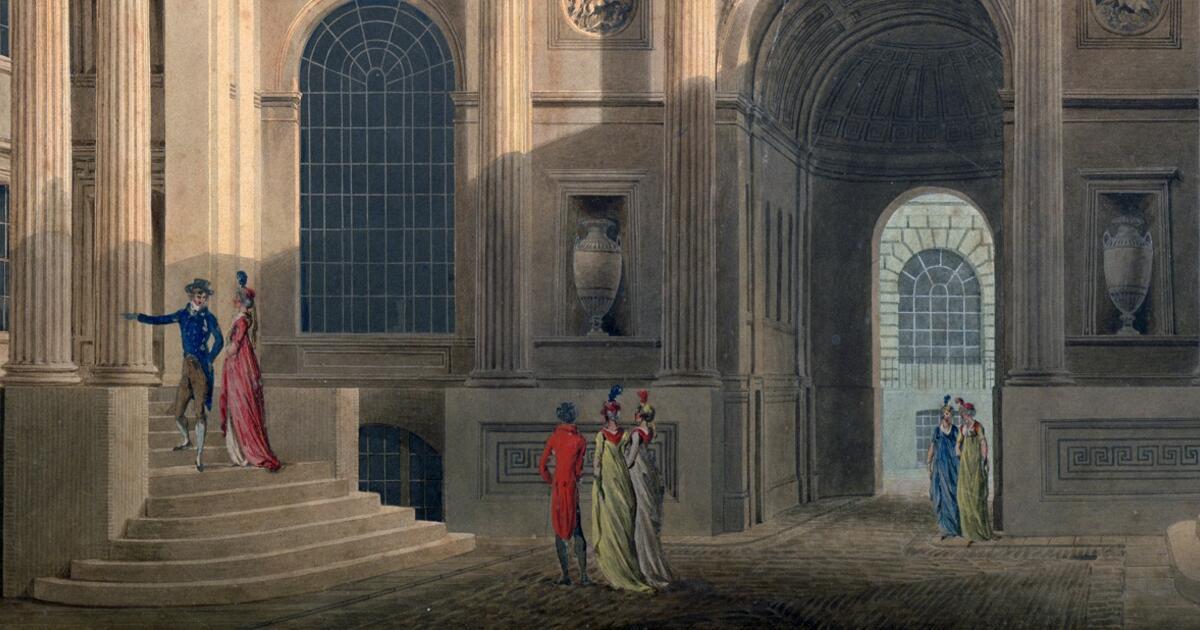Originally posted by Belgrove
View Post
As for Cézanne, I completely agree that a lot of his work seems awkward. Ι wouldn't go so far as to say that the weird shapes of the bathers are the result of poor technique - I'm sure they look exactly the way he wanted them to look, even if I find it difficult to work out why! Even so, I would be happy with just the late landscapes.

 last week when staying over after a visit to the theatre.
last week when staying over after a visit to the theatre.


Comment